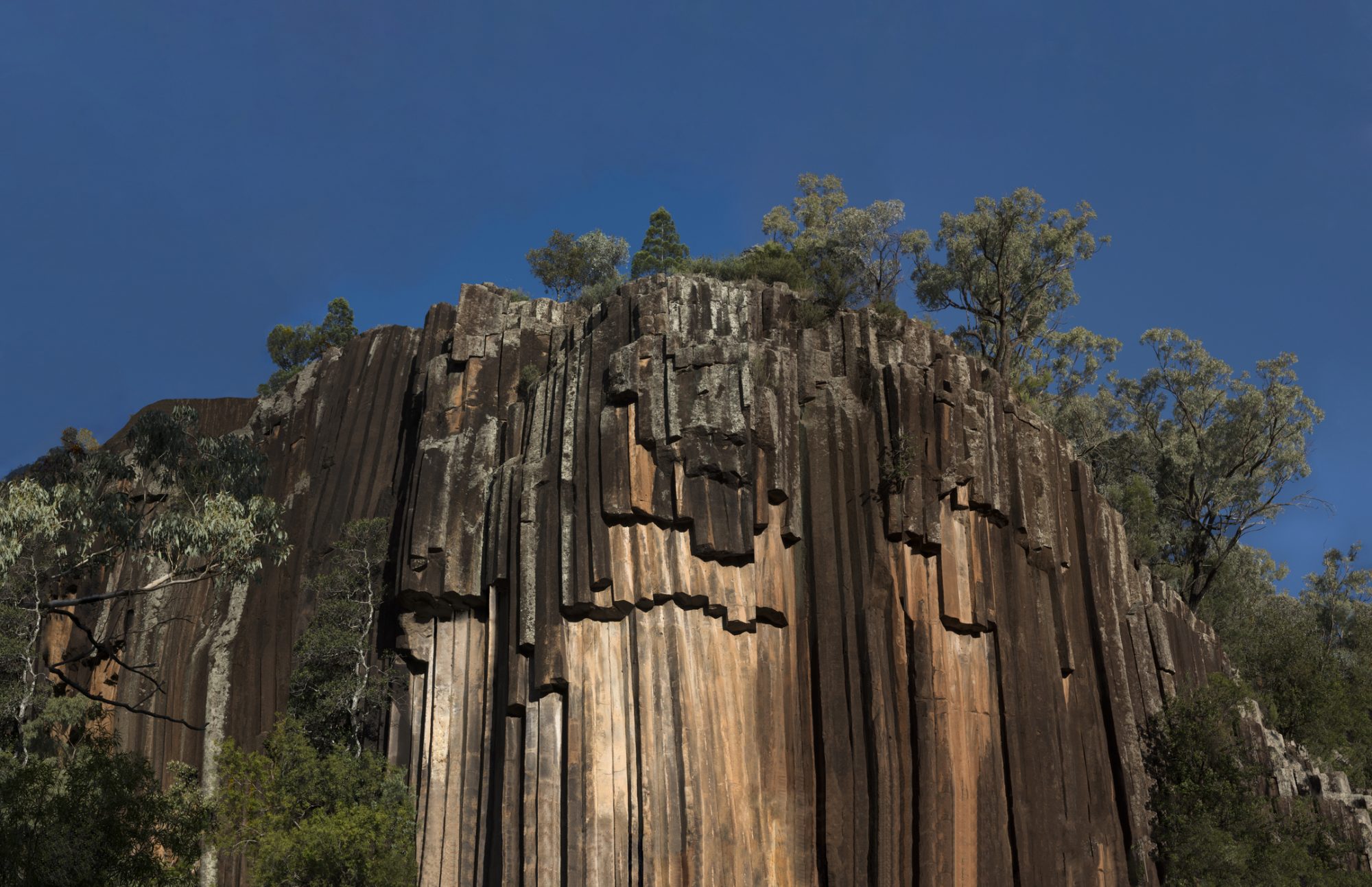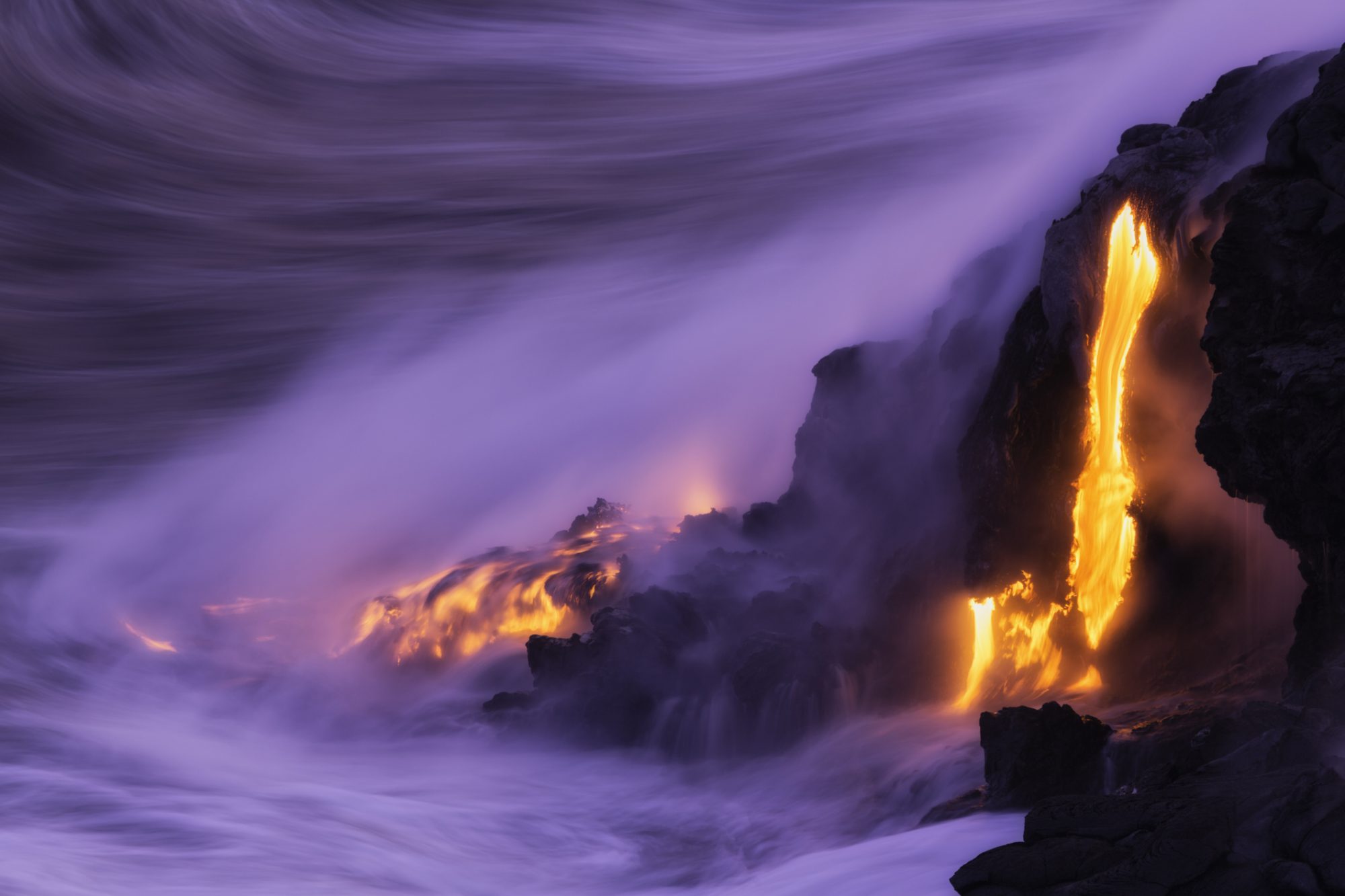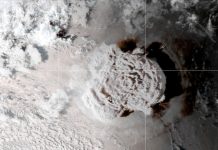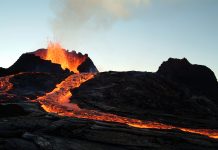Australia’s extinct volcano hotspots can be a unique laboratory for researchers evaluating volcanic eruption processes
Combining mineralogy, petrology, and geochronology of Earth’s longest continental volcano hotspots, researchers look to find the effects of changing plume strengths on magma flux and pre-eruptive magma transport and storage – essentially, the size of the lava based on the inner workings of a volcanic eruption.
Creating some of eastern Australia’s favourite natural attractions, changes in magma flux are expected within a volcano plume’s lifetime – but the variations can cause vast changes to volcanic architecture and eruption products and styles remains poorly constrained.
Focussing on Cenozoic age-progressive volcanoes across eastern Australia, divided by a change in plate motion and voluminous volcanism, Dr Al-Tamini Tapu, whose PhD project at UQ’s School of Earth and Environmental Sciences said the volcano hotspot being studied was incredibly strong in its early stages but decreased in size over the years.
The researchers set out to find why the volcano hotspots have had such variations in magma flux.
Mantle plumes are key drivers of volcanism within tectonic plates
Volcanic relics scattered across the landscape can be used as a map of the northward movement of the continent over a ‘hotspot’ inside the Earth, during the last 35 million years.
Revealing the inner structure of the Australian volcanoes, these relics became increasingly complex as the hotspot’s magma output decreased.
Dr Tamini Tapu said: “These large volcanoes were active for up to seven million years. The volcanoes formed as the continent moved over a stationary hotspot inside the planet, melting the land above it so magma could ooze upward.
“This left a treasure trove of volcanic landmarks in its wake, forming the longest chain of continental ‘hotspot’ volcanoes on Earth – along Australia’s eastern side.
“As you cast your eye along this massive chain, you’ll find Queensland volcanoes such as the Glass House Mountains and Tweed Volcano, which are ‘shield volcanoes’ visited by countless locals and tourists every year.”

Image © PK Visual Journeys | iStock
Younger volcanoes have become smaller and shorter-lived
Enormous, long-lived lava outpourings in Tweed volcano may have weakened the hotspot, and caused the younger volcanoes to the south to become smaller and shorter-lived. Dr Tapu noted that “This indicates the changes caused as the continent shifted over the weakening hotspot.”
Associate Professor Teresa Ubide said that, as the magma production waned, the volcanoes became internally more complicated, erupting lavas full of complex crystals. She said: “These little heroes hold the secrets of how the volcano works inside and tell us that the late Australian volcanoes were full of magma pockets, or reservoirs.
“As these cooled down and became more viscous, it became more difficult to generate eruptions, which may have been more explosive.
“We found that the arrival of new, hotter, and gas-rich magma acts like a shaken bottle of fizzy drink, causing a build-up of pressure in the magma, and, eventually, an eruption. The effect of erosion over tens of millions of years allows us to access complete sequences of lava that can be difficult to access in more recent volcanoes.”
“Reconstruction of these extinct volcanoes can help to better understand active continental hotspot volcanoes globally”
Associate Professor Ubide continued: “It then makes it possible to reconstruct the inner structure of the volcanoes, sort of like opening a doll’s house, which gives us a much better understanding of hotspot activity globally. This is particularly important, given there are many active hotspots on Earth, including in the Pacific and Atlantic oceans, and in other continents, such as the United States’ Yellowstone volcano.
“Volcanoes in these areas produce large volumes of lava and have an important role in the evolution of our planet and atmosphere – so having a real-world ‘doll’s house’ to play around in and observe variations with time and magma supply is very helpful.
“Our study shows the fundamental role of the strength of heat anomalies inside the Earth in the evolution of our planet and its landscape over millions of years. Reconstruction of these extinct volcanoes can help to better understand active continental hotspot volcanoes globally.”
This research shows how changing magma flux leads to increasingly complex feeder systems that enhance magma storage and differentiation. Similar trends in volcano hotspot tracks suggest that plume and magma flux play a crucial role in the evolution of intraplate volcanoes.















